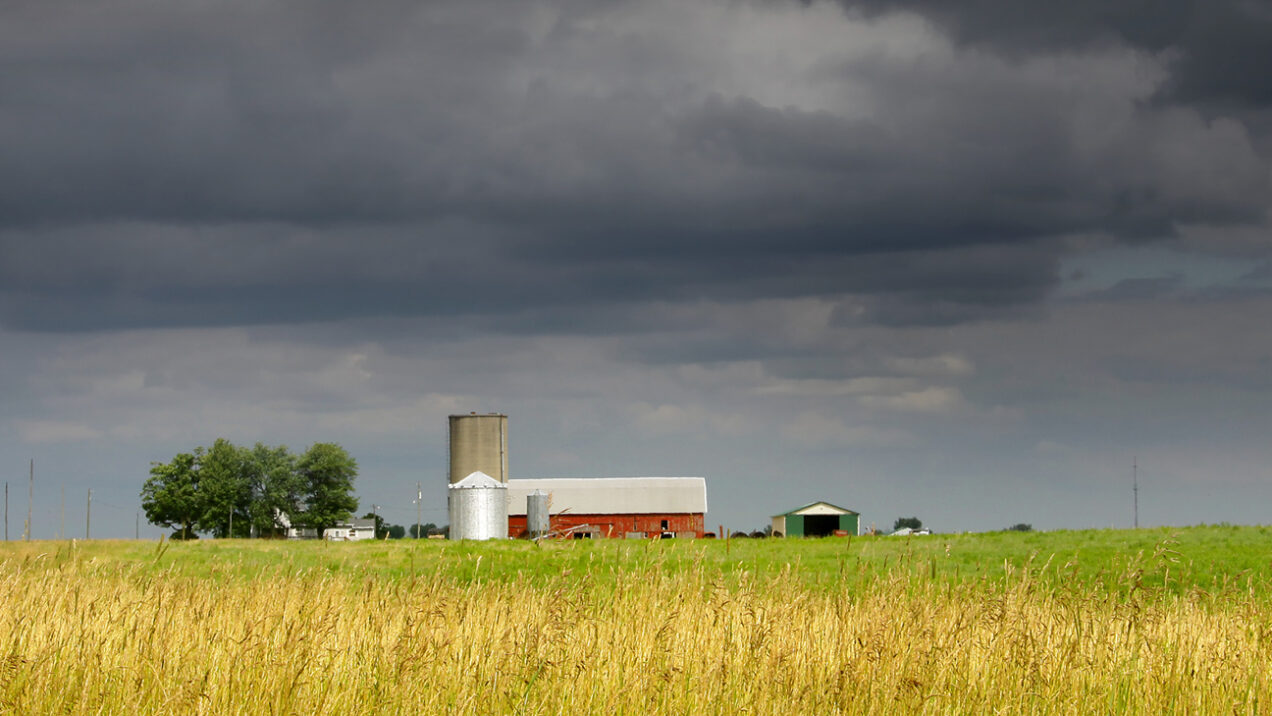As mentioned above, during the summer months, many producer-driven educational conferences and meetings are held, likely due to various reasons. But to me, the most likely reason is: summer is often viewed for the farming & ranching world as “slack time.”
Sorry. It’s just not true.
Now granted, we might be less busy over the summer. Make no mistake, we’re still quite busy, which means our attendance of these forums must provide decent benefit so to be worthy of the time invested.
The following are abbreviated accounts of some important facets which affect our agricultural community, discussed at several of this year’s gatherings:
- New World Screw Worm – thankfully, it is not yet in the United States. But it has been identified ~350 miles south of the Texas border. The screw worm fly does not travel far distances daily (6-9 miles, max), which means its biggest threat to us is as a “stowaway” on the other migrations, such as cargo transport and wildlife. Currently, cattle imports from Mexico are halted, and renovation of an existing facility in Metapa, Mexico, as well as modifications to buildings on Moore Air Force Base, are underway to increase sterile fly production and supply. Additionally, federal funding for new construction of a facility in Edinburg, TX has been approved, and an increased presence of U.S. surveillance has been launched in Mexico. Both governments are now collaborating on eradication efforts. The best advice for cattle producers in the southern United States is:
- Further educate yourself regarding the screw worm life cycle.
- Prepare your operation with a proactive biosecurity/operational plan.
- Begin monitoring your animals for screw worm lesions.
The Choctaw Nation’s Agriculture and Natural Resources personnel follow these recommendations, as well as participate in the Oklahoma Department of Agriculture’s (ODA) working group.
- Current Cattle Market Status and Future Projections – The current cattle market is “red hot” for all classes of cattle. All prognostication points to two primary elements, which will either positively or negatively push market trends in the future:
- First, and in my opinion, most important, is consumer demand. All indicators point to our consumers holding on, but we may be reaching “pinch” points, not necessarily towards other proteins (i.e. chicken or pork), but to cheaper beef alternatives (i.e. burger). Interestingly, CattleFax reports since 2000, beef expenditures have tripled and the time consumers are willing to work to pay for a pound of beef is still at mid-point. This highly speaks to how wage increases over time have offset beef’s higher prices and the consumer’s willingness to target beef with those extra dollars.
- Secondly, as we head into the fall, heifer retention is ticking up, but not at the massive numbers seen back in 2014-15, which indicates a slower, more gradual supply side climb. Keep in mind, there’s still time for these heifers to come back to town for sale rather than be retained for breeding. Once retention does take place, at least in the short-term, it will motivate higher prices, again assuming consumer demand stays current.
